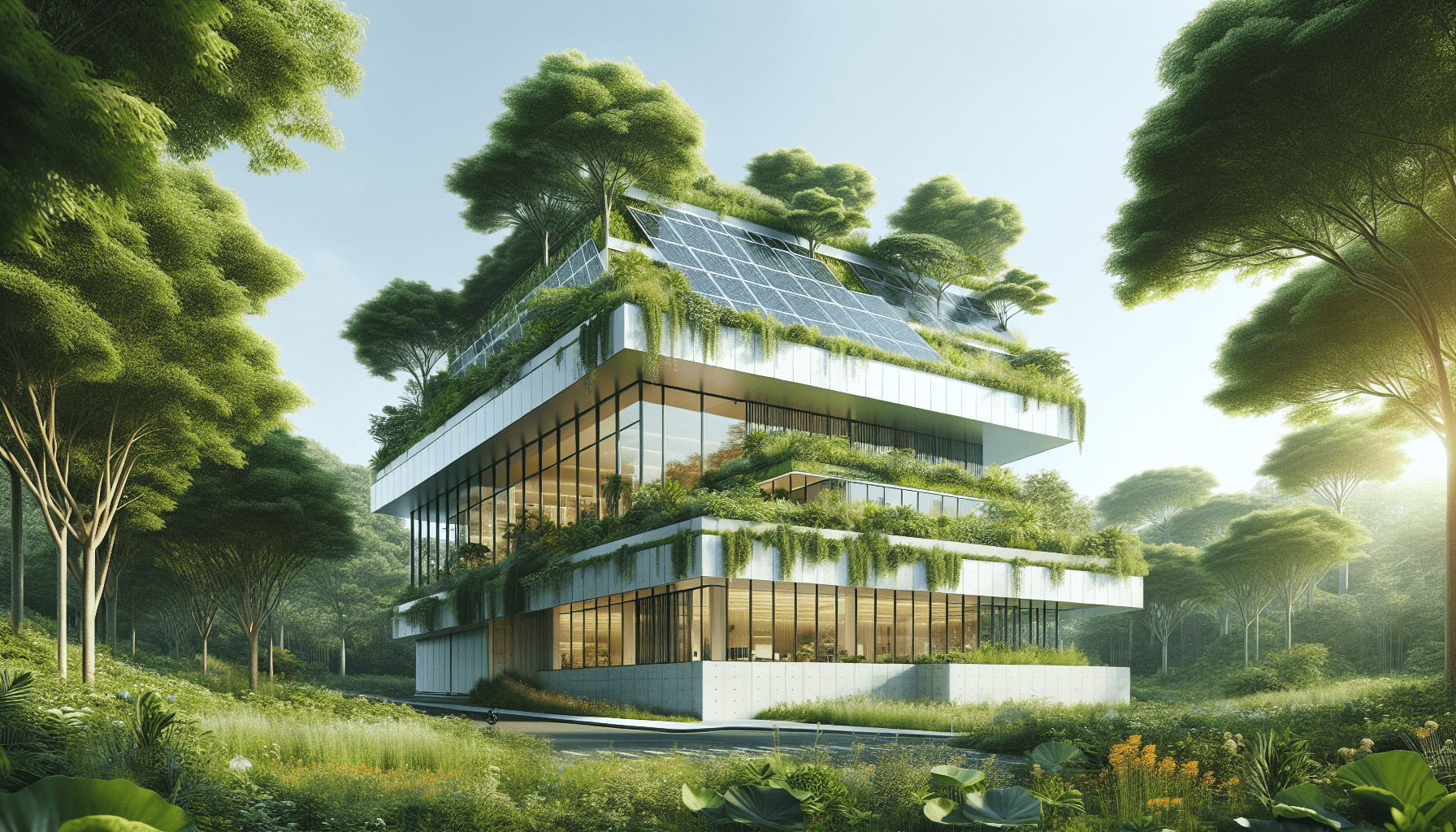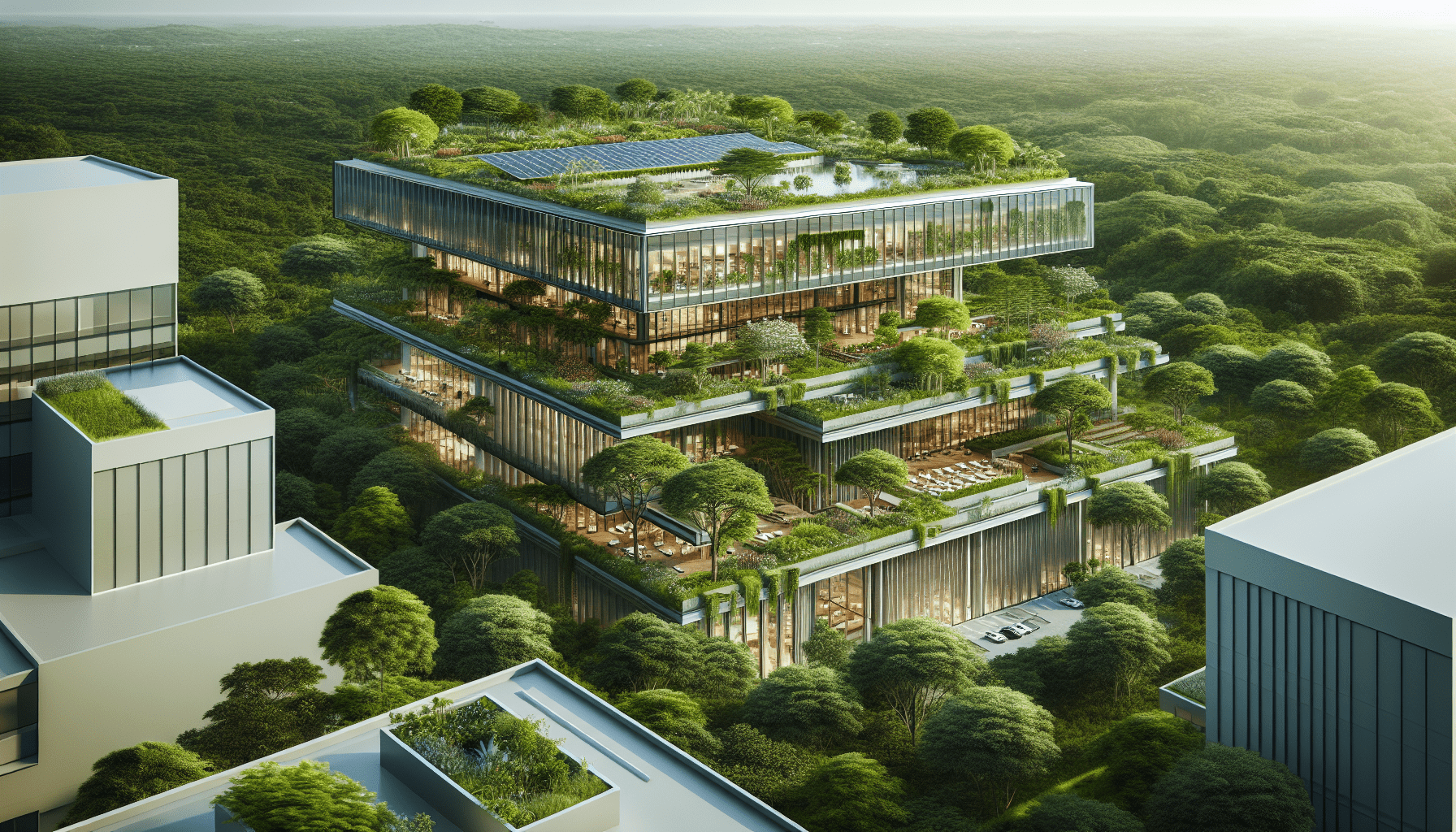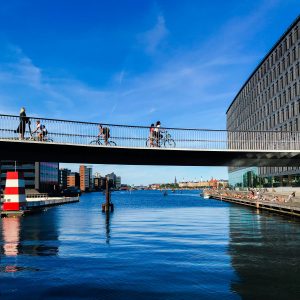In “Principles of Sustainable Architecture,” we journey through the essential pillars that define eco-friendly building practices. Together, we’ll explore the fundamentals that help design energy-efficient, low-impact structures that harmonize with nature. From materials selection to energy management, our shared aim is to understand and implement these principles to create a better future for our planet. Join us as we uncover how thoughtful architecture can transform not just buildings, but the way we live and interact with the world around us. Have you ever wondered what principles guide the construction of eco-friendly buildings and structures? The field of sustainable architecture focuses on designing and constructing buildings that minimize environmental impact while promoting occupant well-being. Let’s explore the key principles that underpin sustainable architecture.

Understanding Sustainable Architecture
Before we dive into the core principles, it’s essential to grasp what sustainable architecture entails. Sustainable architecture, often synonymous with green architecture or eco-friendly design, aims to reduce the carbon footprint of buildings while enhancing their efficiency and functionality. The strategies incorporate eco-conscious materials, renewable energy sources, and designs that harmonize with the natural environment.
Sustainable architecture is not just about building a structure; it’s about creating spaces that are both innovative and mindful of our planet’s future. Let’s break down the primary principles that make this possible.
Principle 1: Energy Efficiency
Energy efficiency is at the heart of sustainable architecture. Reducing energy consumption through smart design and innovative technologies can drastically cut greenhouse gas emissions.
One approach is passive solar design, which involves orienting and designing buildings to maximize natural light and heat during winter while minimizing heat gain during summer. Another approach is using high-performance insulation materials to reduce heating and cooling needs. Additionally, integrating energy-efficient appliances and systems, such as LED lighting and advanced HVAC systems, can further reduce energy consumption.
Principle 2: Renewable Energy
Harnessing renewable energy sources is another cornerstone of sustainable architecture. Solar panels, wind turbines, and geothermal systems can significantly reduce a building’s reliance on non-renewable energy. Integrating photovoltaic cells into building designs to capture solar energy or using wind turbines for electricity are a few ways to implement this principle.
Our buildings can become power generators, feeding excess energy back into the grid and promoting a sustainable energy economy.
Principle 3: Water Conservation
Water conservation is crucial in sustainable architecture. Efficient water management systems ensure that precious water resources are preserved and recycled. Strategies include installing low-flow fixtures, rainwater harvesting systems, and greywater recycling systems. These methods significantly reduce the demand for fresh water and help mitigate the environmental impact.
For instance, capturing rainwater and reusing it for irrigation or flushing toilets can reduce the strain on municipal water supplies. Similarly, greywater systems recycle water from sinks and showers for non-potable uses.
Principle 4: Sustainable Materials
Choosing sustainable materials is vital for minimizing the environmental impact of buildings. Sustainable materials are those that are renewable, recyclable, or have a low environmental footprint. Examples include bamboo, reclaimed wood, and recycled steel.
In addition to selecting sustainable materials, we should also consider the lifecycle impacts of these materials—from extraction and production to disposal. Life Cycle Assessment (LCA) is a tool that architects use to evaluate the environmental impacts associated with all stages of a product’s life.
Principle 5: Indoor Environmental Quality (IEQ)
IEQ emphasizes creating healthy and comfortable indoor environments. This includes ensuring adequate ventilation, using non-toxic materials, and maximizing natural light.
Good indoor air quality can be achieved by incorporating materials that do not release harmful VOCs (Volatile Organic Compounds) and installing advanced filtration systems. Natural lighting can also be enhanced through strategic placement of windows and skylights, reducing the need for artificial lighting and improving occupant well-being.
Principle 6: Site Selection and Land Use
The location of a building plays a significant role in its sustainability. Choosing sites that minimize disruption to the natural environment and existing ecosystems is crucial. Also, developing buildings on previously developed lands or brownfields can reduce the pressure on undeveloped, greenfield areas.
Moreover, sustainable land use entails designing for compact and efficient land use. This can mean building upwards rather than outwards, creating mixed-use developments, and ensuring that buildings are integrated into existing public transportation networks.
Principle 7: Waste Reduction
Minimizing waste is a critical element in sustainable architecture. This involves designing buildings that produce minimal waste during construction and throughout their lifecycle.
Construction waste can be reduced through precise planning, modular construction techniques, and prefabrication. During the building’s operational life, waste can be minimized by implementing robust recycling programs and designing for easy maintenance and adaptability, thereby reducing the need for major renovations or demolitions.
Integrating Sustainable Systems
Incorporating these principles means looking at buildings as systems where each component interacts with the others. Let’s delve into some examples of sustainable systems that bring these principles together.
Green Roofs and Walls
Green roofs and walls are growing in popularity as they bring multiple sustainability benefits. They provide insulation, reduce rainwater runoff, and create habitats for local wildlife. Plus, they can reduce the urban heat island effect, making cities cooler and more comfortable.
Smart Building Technologies
Smart technologies can monitor and optimize energy usage, water consumption, and indoor climate. With tools like smart thermostats, sensors, and building management systems, we can ensure our buildings operate at peak efficiency, adapting to the needs of their occupants.
Integrated Renewable Energy Systems
Using integrated renewable energy systems like combined heat and power (CHP), solar thermal, and photovoltaic panels can make buildings nearly self-sufficient in terms of energy. These systems help reduce dependence on fossil fuels and can make buildings active players in a renewable energy grid.
Sustainable Urban Planning
It’s not just individual buildings that matter—entire urban areas can be designed or retrofitted for sustainability. Sustainable urban planning involves creating dense, walkable communities with access to public transportation and green spaces. Utilizing principles such as mixed-use development, transit-oriented development, and inclusive design are integral to holistic sustainable urban planning.
Case Studies in Sustainable Architecture
Let’s explore some real-world examples of sustainable architecture to see these principles in action.
One Angel Square, Manchester, UK
One Angel Square is an excellent example of a sustainable office building. It utilizes passive design and features like a double-skin façade to optimize natural light and temperature control. The building is powered by a combined heat and power (CHP) system using biofuel and waste cooking oil.
Bosco Verticale, Milan, Italy
Bosco Verticale (Vertical Forest) consists of two residential towers with over 900 trees on its balconies. This vertical forest helps absorb CO2, improves air quality, and provides insulation. It’s a stunning example of how greenery can be integrated into urban landscapes.
The Edge, Amsterdam, Netherlands
The Edge is often cited as one of the greenest buildings in the world. It uses smart technology to monitor and control everything from heating to lighting, reducing energy usage by up to 70%. Solar panels and rainwater harvesting systems further enhance its sustainability credentials.
Bullitt Center, Seattle, USA
The Bullitt Center is designed to be zero-energy and zero-water, capturing rainwater and using composting toilets. It also prioritizes materials transparency, ensuring that no hazardous materials are used.
The Future of Sustainable Architecture
We’ve come a long way in understanding and implementing sustainable practices in architecture, but there’s still much to be done. The future of sustainable architecture will likely focus on innovative materials like self-healing concrete and biodegradable substances, as well as advanced technologies like AI and IoT to create even smarter, more adaptive buildings.
Resilient Design
Future buildings will need to be resilient to climate change impacts, such as increased temperatures, stronger storms, and rising sea levels. This means designing structures that can withstand these challenges and still provide safe, comfortable living and working environments.
Circular Economy
A shift towards a circular economy in construction means rethinking how we use and dispose of materials. Future buildings might be designed for deconstruction, allowing materials to be reused rather than sent to landfill.
Community-Centric Approaches
Sustainable architecture must also focus on the needs of communities, promoting inclusiveness and accessibility. Designing for diverse populations ensures that sustainable buildings benefit everyone, not just a select few.

Conclusion
As we continue to push the boundaries of design and technology, the principles of sustainable architecture provide a roadmap for creating buildings that are kind to both people and the planet. By focusing on energy efficiency, renewable energy, water conservation, sustainable materials, indoor environmental quality, thoughtful site selection, and waste reduction, we can build a future that’s economically viable, environmentally responsible, and socially beneficial.
We hope this deep dive into the principles of sustainable architecture has inspired you to think differently about how we can create spaces that serve us well today and protect our environment for future generations. Whether you’re an architect, a builder, or simply someone interested in greener living, there’s a role for all of us in this important journey.
By embracing these principles and continuing to innovate, we can ensure that our built environment thrives in harmony with the natural world. So, let’s continue to work together, sharing ideas and resources, to make sustainable architecture the standard in our ever-evolving urban landscapes.



